
After having addressed food waste and meat consumption, the origin of food in calculating the ecological footprint of our plate is self-evident.
Some figures on food imports
According to the Ministry of Agriculture, Fisheries and Food of Quebec (MAPAQ), in 2020, the value of Quebec's international imports amounted to $7.8 billion, representing an increase of 3% compared to to 2019.
Here it is estimated that the value of the increases has increased but this does not mean that the quantity has also increased.
We were unable to find the value of local food production.
However, the following table shows that the food demand of the Quebec population is $51.1 billion. This figure represents what consumers spend annually on food.
We can therefore estimate that imports account for more or less 20-25% of total revenue from food demand.
At the top of the list, imports are drinks (22% of total imports) and fruits and vegetables (21%) .
Eat local
We cannot be against virtue, eating locally is a good thing.
Not only is this important for our economy, proximity reduces transport and we also have more transparent information (imperfect but more transparent) than for many imported products.
Carboneutral gives us a good example of the difference in ecological impact between a grocery basket filled with local foods and a grocery basket from international sources. The international basket of 20 kilos of food would give 700 g of this CO2 if imported by train (24 times more if by plane) while the local basket would give 50 g. Huge difference!

Little nuances
It seems that depending on the climate and the seasons, it is less harmful for the environment to import products than to grow them locally in greenhouses. This means that the environmental cost of transportation is exceeded by the strategies used to cultivate it here. An example of this is greenhouses that need to be heated.
Here, it therefore becomes important to eat seasonal vegetables and ideally to find strategies to preserve them during the winter season.
Some strategies
- Eating seasonal fruits and vegetables, grown responsibly, is of course ideal. Stocking up on them, by freezing them for example, is therefore an ecological way to ensure a variety of fruits all year round and to counter the undeniable fact that local fruits are rare in winter in Quebec.
- Urban agriculture is a local and therefore ecological production option. For example, we can think of community gardens or we can create a vegetable garden when we have the necessary space. It is even possible to make one on your balcony, on a small scale.
- We are now used to eating imported foods. We can all want to eat a citrus fruit. It is possible to validate that these foods come from agro-responsible farms by choosing them fair trade and/or organic .
This brings us to our 4th and final article on the ecological footprint and food. There are different methods of above-ground production (example: hydroponics), organic or not, integrated which have different impacts on the environment. This is what we will discuss in the next and final article on reducing our ecological footprint on our plate.
Ecologically yours,




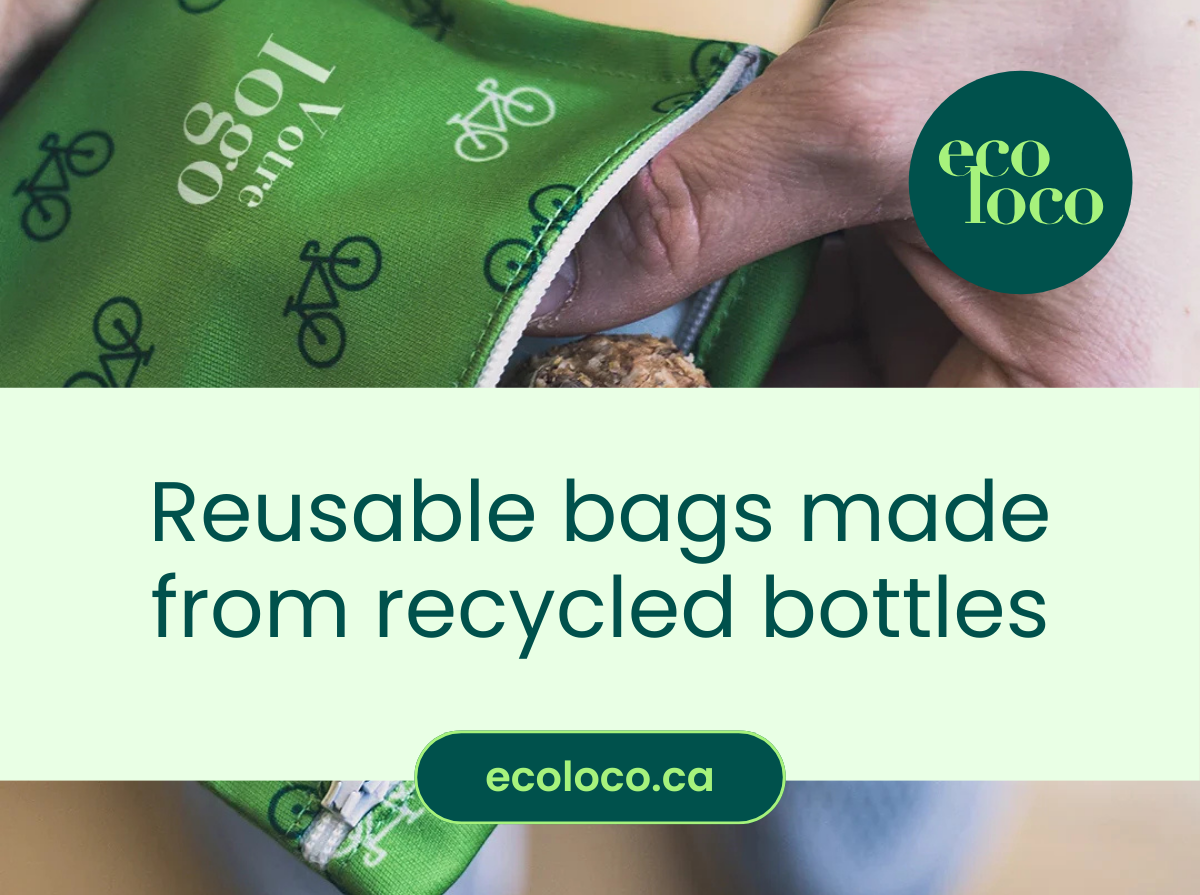

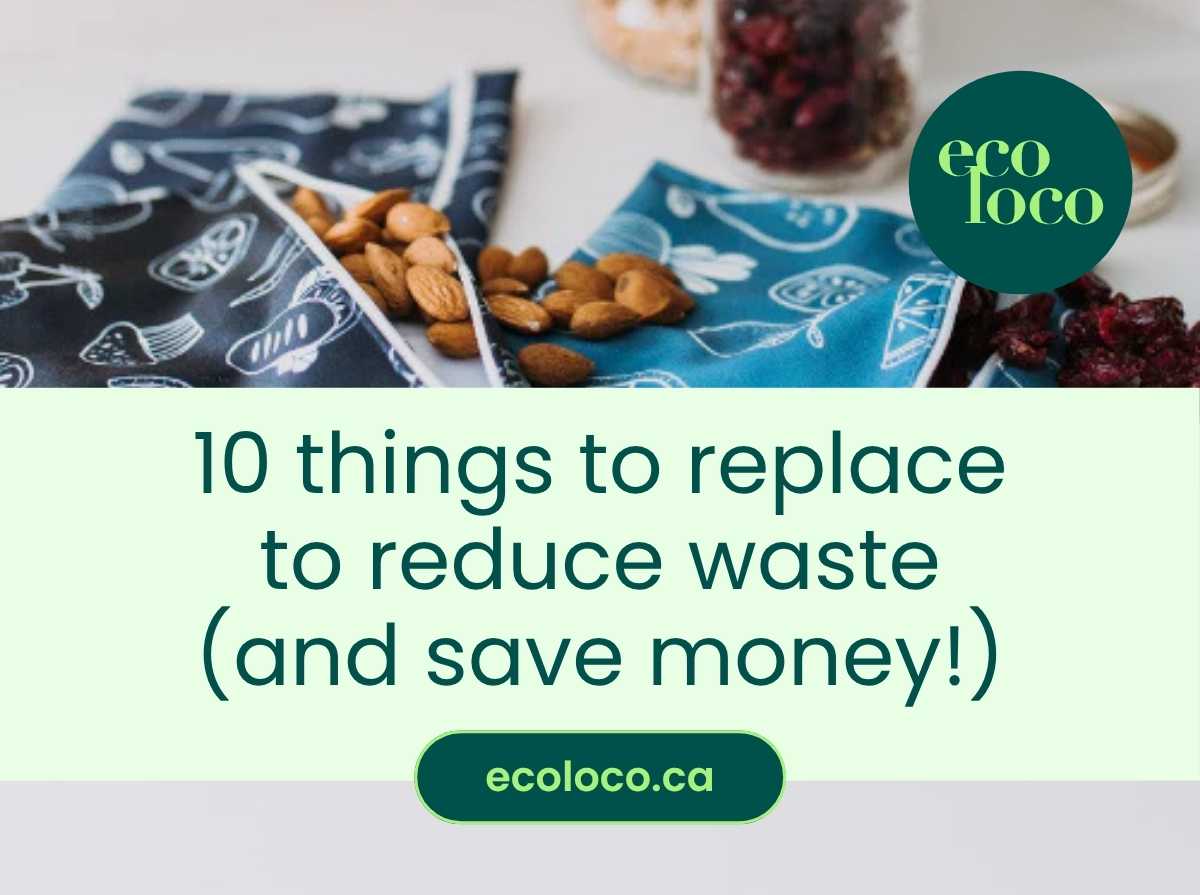


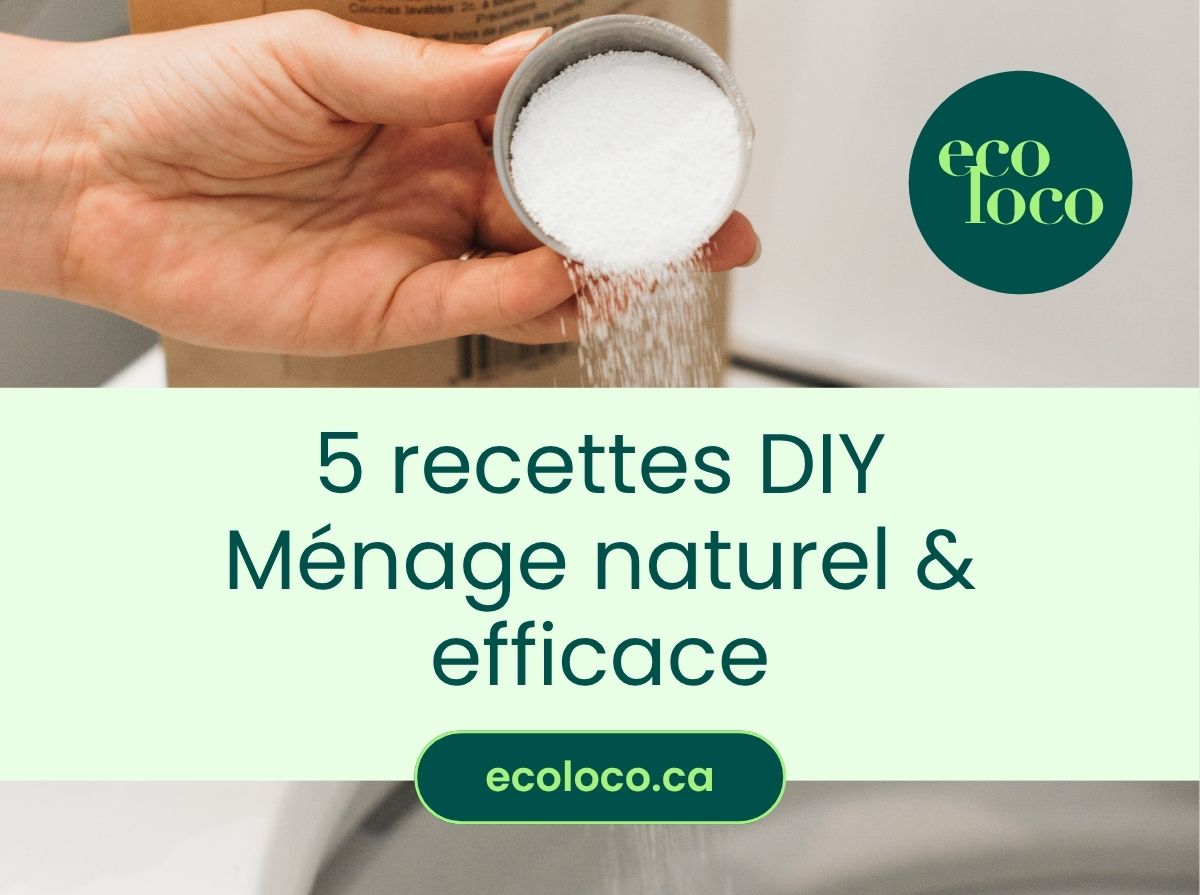

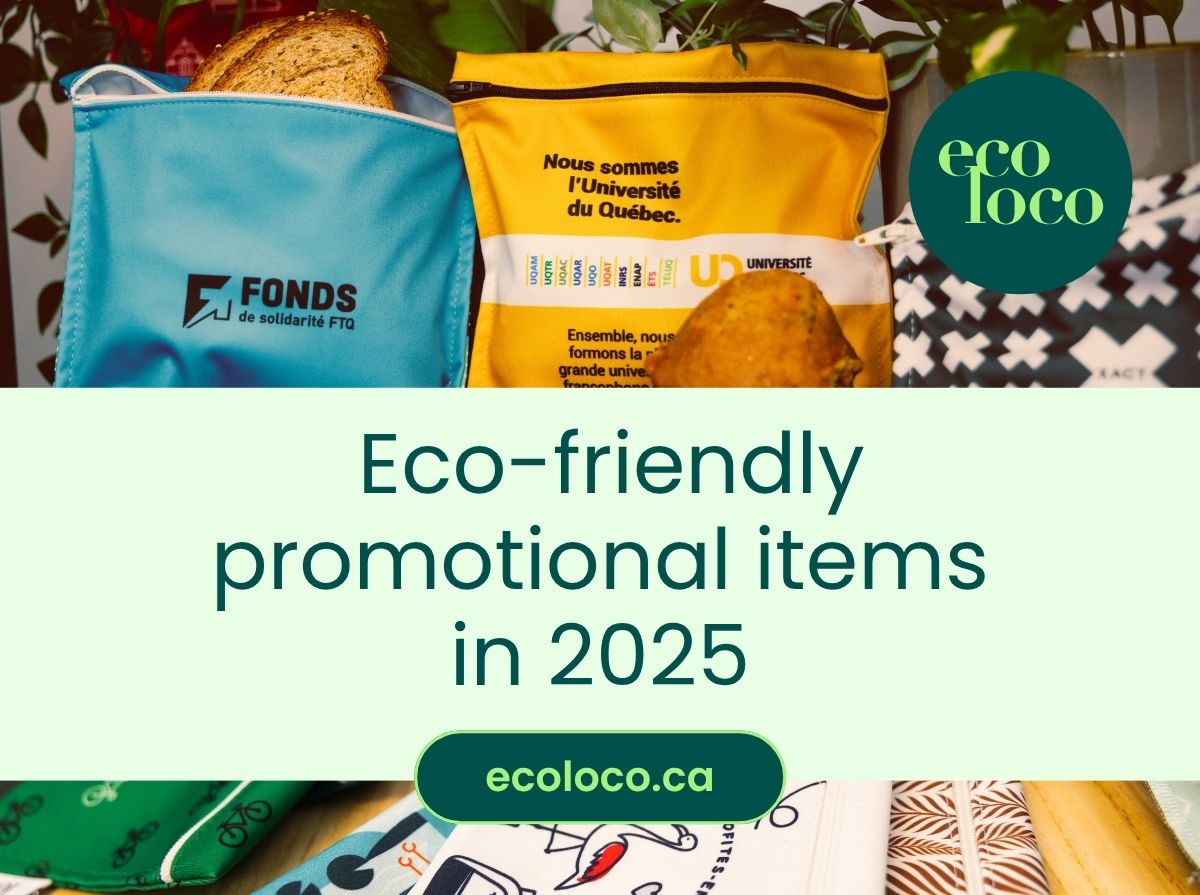
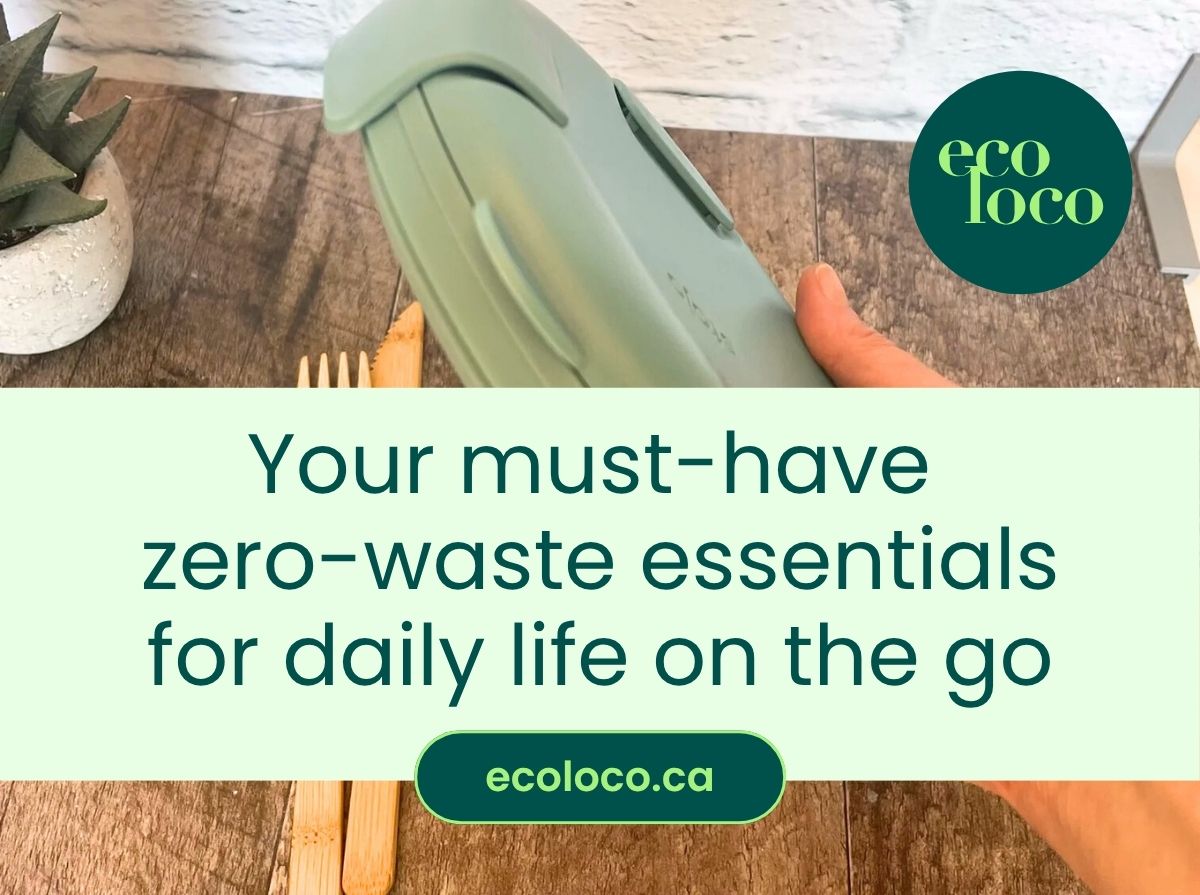

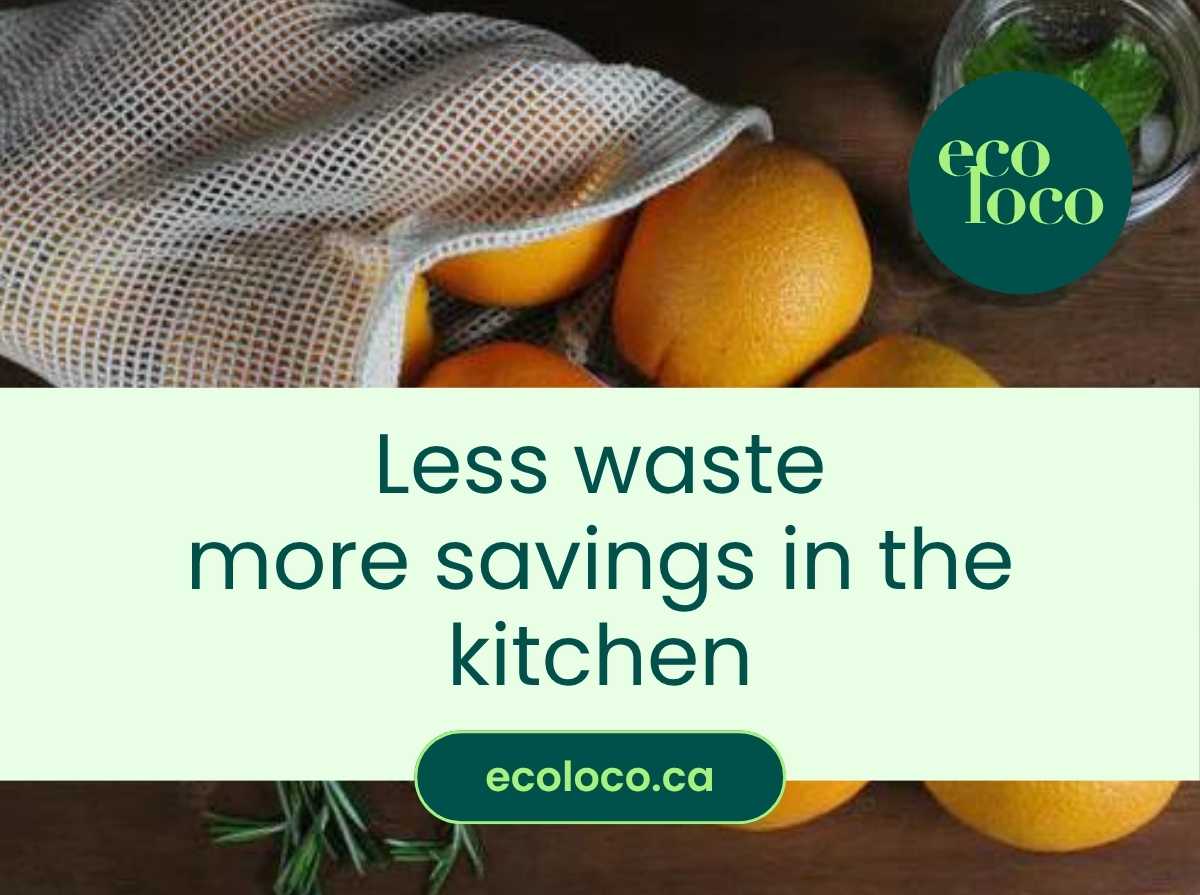
0 comments